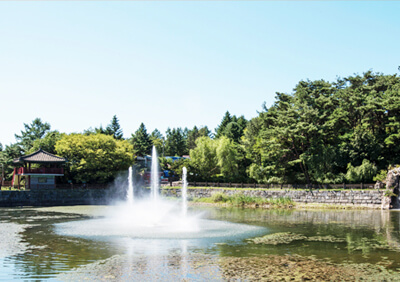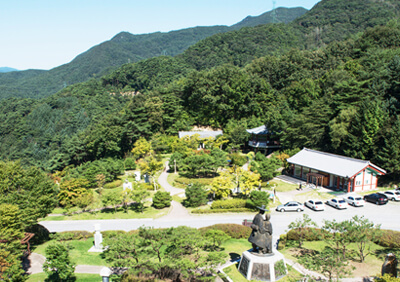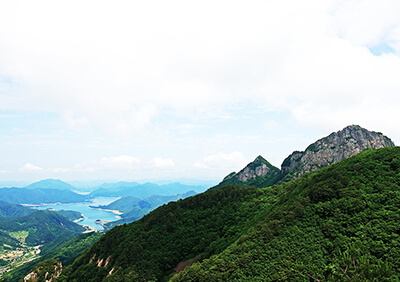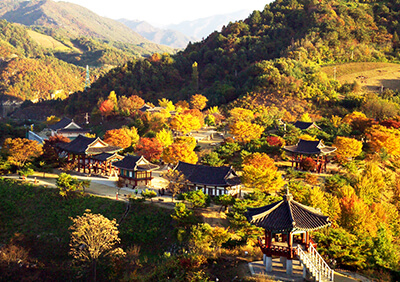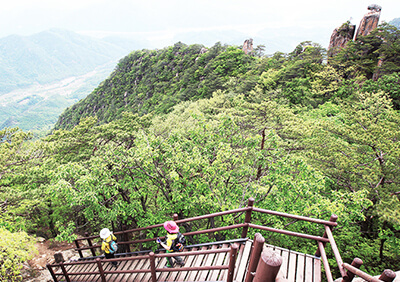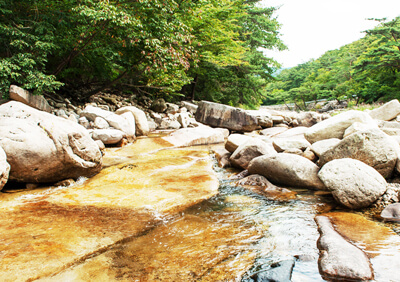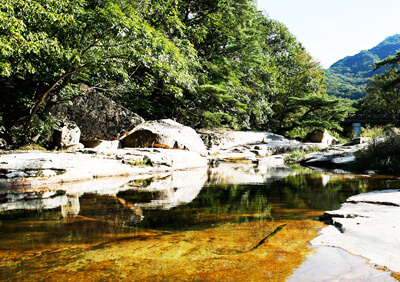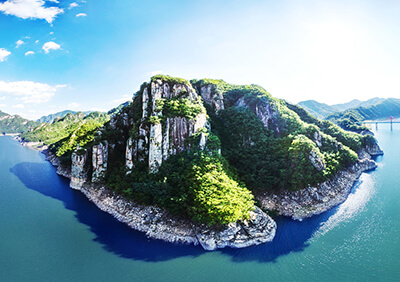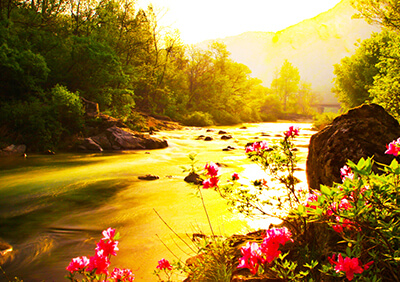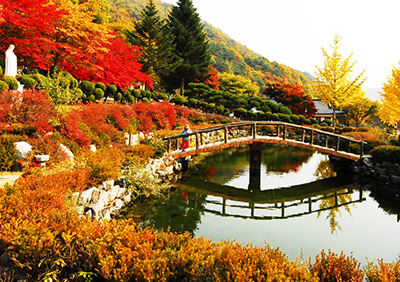Uirimji
Uirimji is the 11th local monument and is called "Forest Site" originally as the best reservoir in Korea with the Byeokgolje in Gimcheon and Susanje in Miryang, built during the Three Han Era. When the names of Gun and Hyun were changed in the 11th year of King Seongjong (992), they called Jecheon as 'Uiwon-hyun' or 'Uicheon'. After that, this was named as “Urimji” adding ‘Ui“ which was the old name of Jecheon. This is also the place where the annual festival is held every year on the first day of the month.

